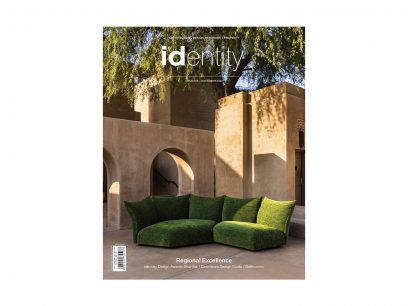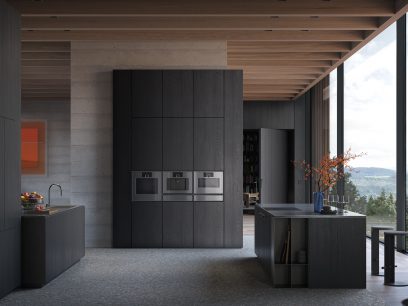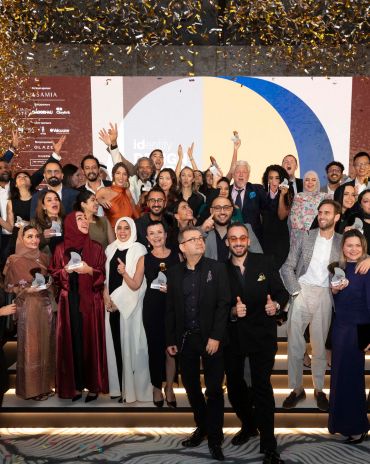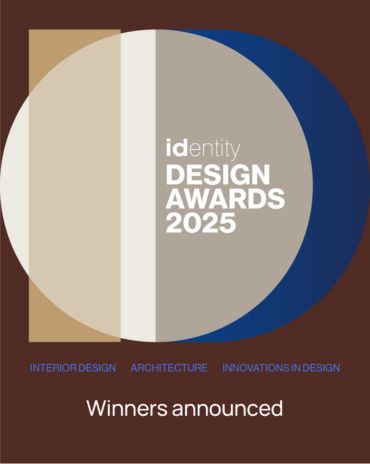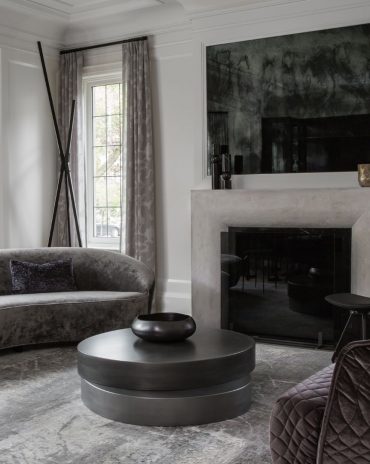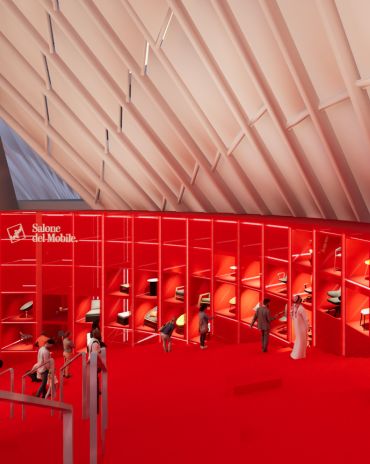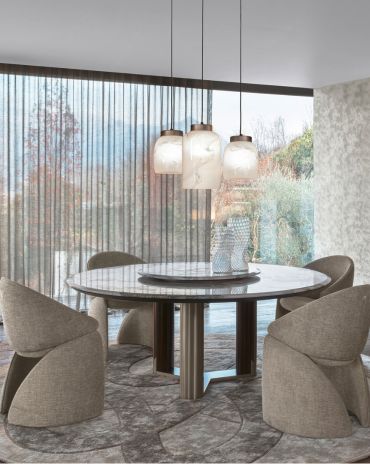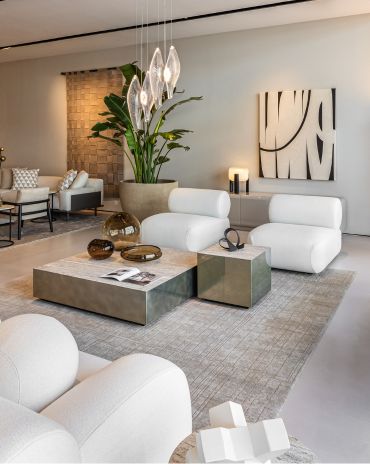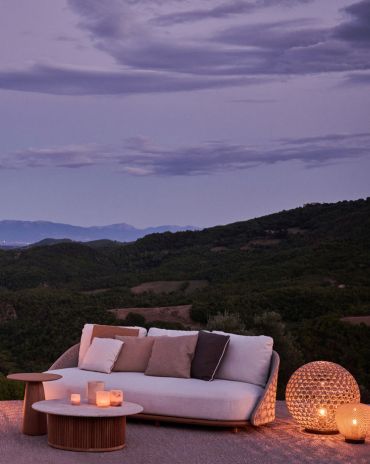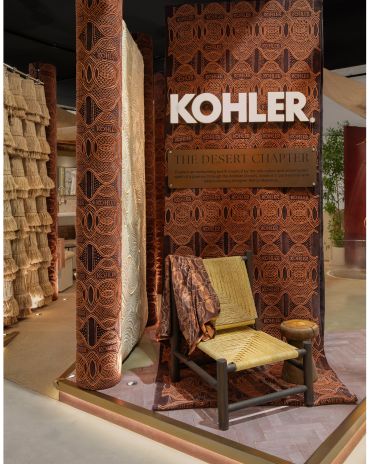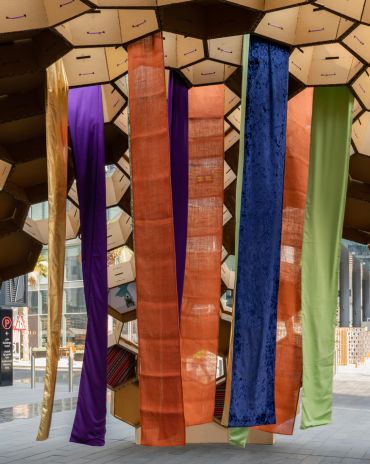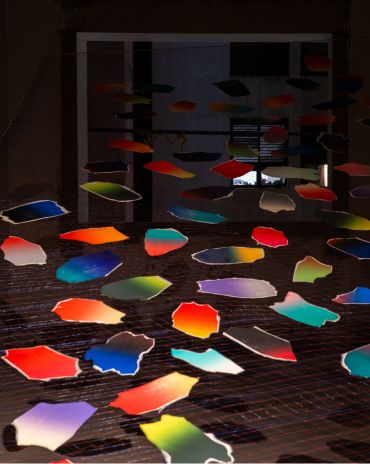Copyright © 2025 Motivate Media Group. All rights reserved.
Dual Key – A Game-Changing Concept for Owner/ Investors
Here's how you can become a landlord and live in your property at the same time.
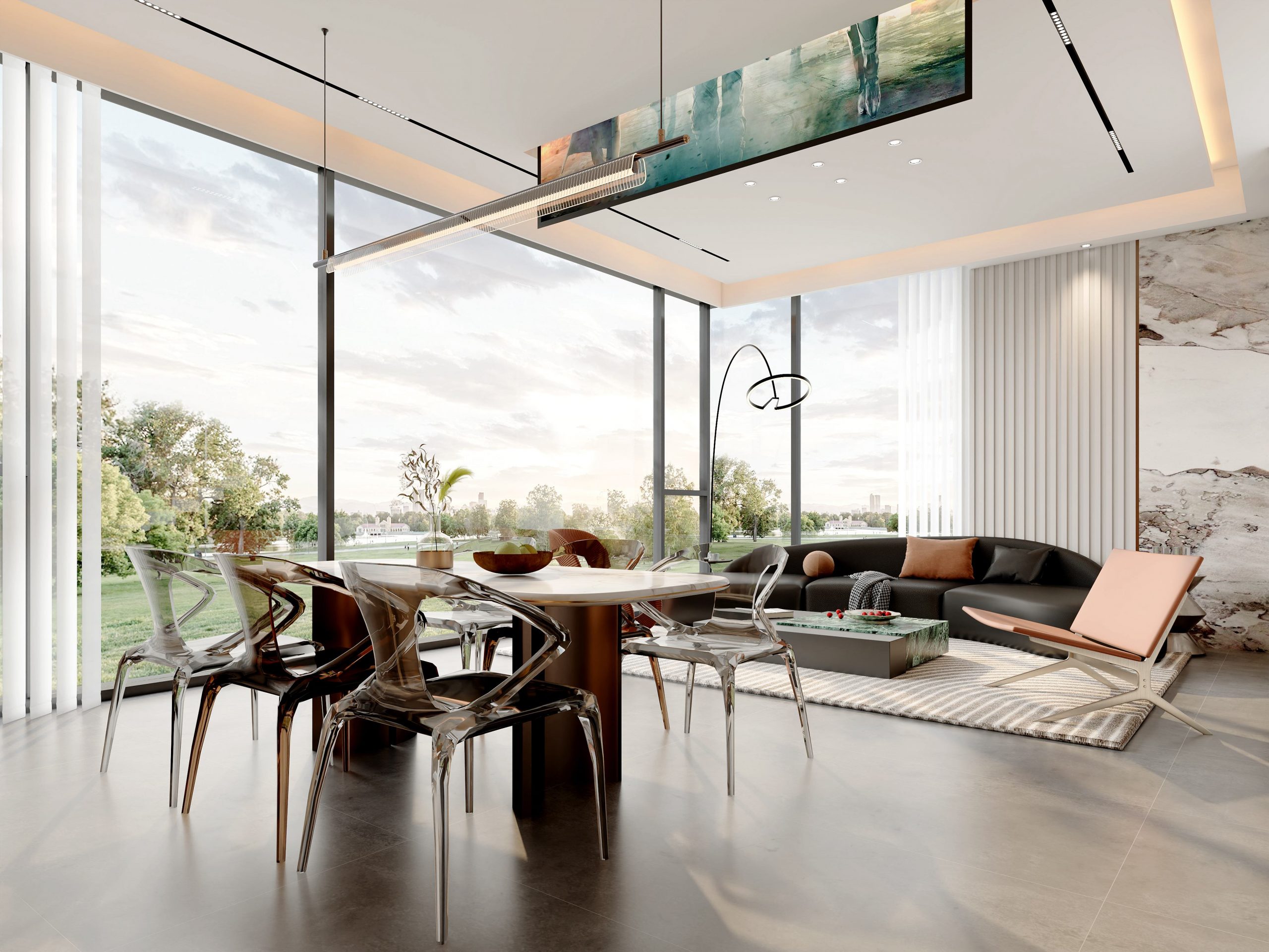
identity interviews CEO of STAMN, Zheng Jian on flexible living concepts and why it’s so compelling to invest in one.
What is STAMN Dual Key?
Zheng Jian: STAMN Dual Key is an innovative concept for residential units, offering something rarely seen in the Middle East market. Selected STAMN apartments have been designed to incorporate a dual entrance layout, where property owners can live on one side of the property and let out the other, or choose to occupy the whole space for a larger living space. Alternatively, investors could choose to let out both parts of the property (across short or long-term letting).
What are the benefits of the dual key system?
Zheng Jian: The primary advantages are flexibility of space and earning potential. Often Dubai buyers make a decision between whether to buy somewhere to live or buy somewhere to rent out. With ‘Dual Key’, they can do both – becoming a homeowner and a landlord at the same time.
One example could be maintaining privacy between owner and tenant, with no spatial interference – a two-bedroom unit can be split into two separate apartments, allowing for higher rental returns and easier leasing.
Families could also choose to operate dual key – for example a multi-generational family, where a couple may live on one side of the property and their parents on the other.
You’ve launched this dual key scheme at STAMN Nautis Residences which is an upcoming development on Dubai Islands – how do you envisage the community emerging with this design concept?
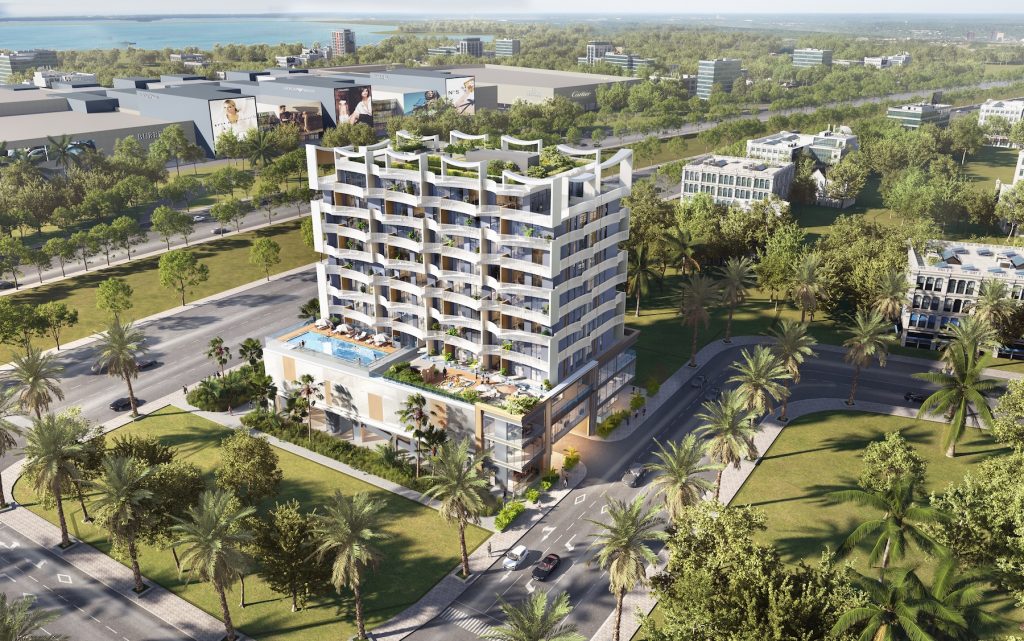
Nautis Residences by STAMN
Zheng Jian:There are clearly aspects that we need to bear in mind to ensure the success of the dual-key design. For example, we must consider how property occupancy may fluctuate and ensure that shared amenities do not become overwhelmed at the highest peak periods. This is something that the hospitality industry has managed for a long time – we must ensure that shared spaces are designed to handle even the busiest demand.
All residential complexes have busy periods where residents want to use facilities at the same time – this is a key design challenge. Shared facilities must be large enough and intelligently zoned, while capacity planning must be deployed across elevators, corridors and lobbies to accommodate peak user volumes.
Across our wellness facilities, we must have a comprehensive and diverse range of equipment in the gym to cope with busy moments (like the pre-work morning routines) and enough loungers and seating for weekend relaxation peaks around the pool. Parking allocation can be one of the most challenging aspects for ‘dual-key’, but with Dubai’s excellent public transport network and G+2P parking levels, there is ample space to meet residents’ needs.
Tell us a little more about STAMN Nautis Residences?
Zheng Jian: There are 63 properties, ranging from one-bedroom apartments to four-bed townhouses. Prices range from AED 1.74 million to more than AED 6.6 million. Within the wider property we have focused on the wellbeing of residents, with intelligent zoning, cosy relaxation and meditation areas, as well as staple premium residential features such as a tranquil swimming pool and well-equipped gym.
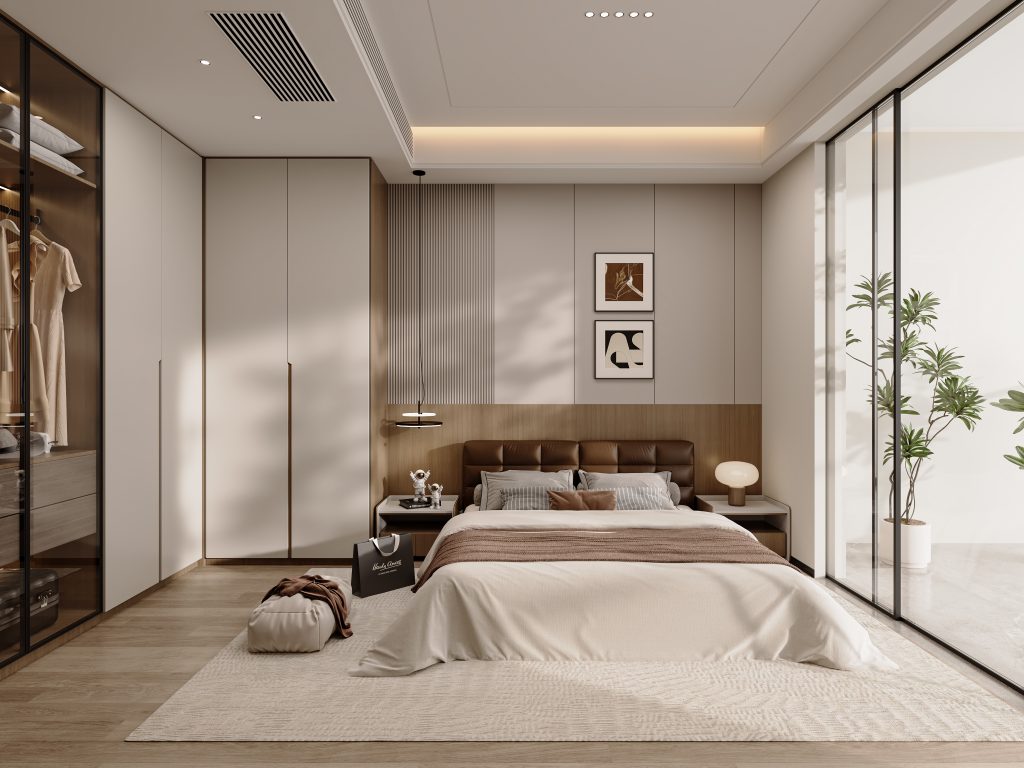
Nautis sample bedroom
It’s set on Island A of Dubai Islands, the closest to the mainland with multiple interconnecting bridges (one currently operational, one under construction and another in the planning phase) – and it’s opposite what we think will be an incredibly popular feature, the incredible new Dubai Islands Mall.
What were the challenges of incorporating ‘dual entrances’ into the project’s floorplans?
Zheng Jian: The ‘dual key’ design was incorporated from the very beginning. Certain inspiration was taken from hotel floorplans where interconnecting family rooms often utilise flexible layouts. In a similar vein, it’s important that when separated into individual units that both ‘halves’ operate seamlessly. When considering the design, we asked a key question: ‘When separated, does each individual unit have the necessary kitchen space, bathroom amenities and living areas to function as a standalone property’ – in other words, will it be a comfortable and practical place to live. Once we identified how to maximize space (whether joined or as separate units), it was clear that dual key would not only work but thrive as a model at Nautis Residences.
How easy is it to switch between utilising the whole space versus dividing it up into separate apartments?
Zheng Jian: It’s incredibly simple. If an investor or homeowner knows that they only want to have one big space and not operate ‘dual key’ at any stage, then we’d offer a slightly different layout. But for those selecting the ‘dual key’ layout, it’s as easy as a shared foyer and two separate doors into each ‘half’ of the property. If the unit is ‘combined’ then this foyer simply acts as a connecting hallway.

Zheng Jian, CEO of STAMN
The Latest
In photos: Winners at the identity Design Awards 2025
Presenting the winners of 2025 identity Design Awards.
Identity Design Awards 2025 – Winner’s List
Here are the winners of the identity design awards 2025
Hogg’s Hollow
Set along the bend of a quiet river and sheltered within a mature, tree-lined enclave of Toronto, this riverside residence offers a dialogue between structure and softness, restraint and warmth
Salone del Mobile.Milano Paints Riyadh Red
The “Red in Progress” installation marks a powerful first step toward the city’s full-scale 2026 edition
An interview with Fabio Masolo on the Giorgio Collection
A conversation on passion, timeless design, and bringing Italian craftsmanship to the world
European Design, Instantly Within Reach
In a city where design dreams often come with long lead times, Caspaiou brings a refreshing difference – luxury, curated and available now
Shaping Tomorrow’s Interiors
Here’s what awaits at the OBEGI Home showcase at Dubai Design Week
Maison Margiela Residences
Conceived by Carlo Colombo, these bespoke residences will be located on the Palm Jumeirah
The Desert Chapter by Kohler and Marco Maximus
A fusion of design, culture, and the colours of nature
Downtown Design 2025 – The Highlights
A showcase of innovation, craftsmanship, and design excellence
In conversation with: Simon Wright of TGP International
identity interviews the Chairman and Founder of TGP International on the beginnings of the business and how the company shapes human experiences and memories in the hospitality industry.
We Design Beirut Edition Two: A Collective Revival
Uniting designers, artisans, and visionaries to reimagine Beirut’s future



